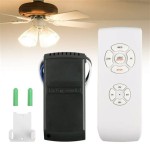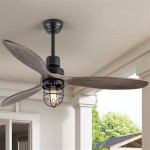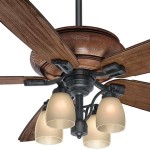Roll On Ceiling Texture Paint
Ceiling texture paint is a great way to add interest and style to your ceilings. It can also help to hide imperfections and create a more finished look. Traditional methods of applying ceiling texture paint involve using a sprayer or trowel, which can be time-consuming and messy. However, there is now a new and easier way to apply ceiling texture paint – using a roller.
Roll on ceiling texture paint is a water-based paint that is applied with a roller. The paint contains tiny particles that create a textured finish when they dry. The texture can be varied by the type of roller used and the amount of pressure applied when rolling. Roll on ceiling texture paint is available in a variety of colors and textures, so you can find the perfect look for your home.
Benefits of Using Roll On Ceiling Texture Paint
- Easy to apply – Roll on ceiling texture paint is much easier to apply than traditional methods. It can be applied with a roller, so there is no need for spraying or troweling.
- Less mess – Roll on ceiling texture paint is less messy than traditional methods. It does not require any special equipment, and cleanup is easy.
- Faster – Roll on ceiling texture paint is faster to apply than traditional methods. It can be applied in a single coat, so there is no need to wait for multiple coats to dry.
- Versatile – Roll on ceiling texture paint can be used on a variety of surfaces, including drywall, plaster, and wood. It can also be used to create a variety of textures, from smooth to rough.
- Affordable – Roll on ceiling texture paint is an affordable way to add interest and style to your ceilings.
How to Apply Roll On Ceiling Texture Paint
- Prepare the surface – Before you begin, it is important to prepare the surface of your ceiling. This involves cleaning the ceiling and removing any dust or debris. You may also need to repair any holes or cracks in the ceiling.
- Apply a primer – Once the surface is prepared, you need to apply a primer. Primer will help to create a smooth surface for the paint to adhere to. It will also help to prevent the paint from absorbing into the ceiling and creating a blotchy finish.
- Apply the paint – Once the primer is dry, you can begin to apply the paint. Use a roller to apply the paint in an even coat. Be sure to apply the paint in the direction of the grain of the ceiling. You may need to apply multiple coats of paint to achieve the desired texture.
- Let the paint dry – Once you have applied the paint, allow it to dry completely. The drying time will vary depending on the type of paint and the thickness of the coat. Once the paint is dry, you can enjoy your new textured ceiling.
Tips for Using Roll On Ceiling Texture Paint
- Use a high-quality roller – The type of roller you use will affect the texture of the finish. A high-quality roller will produce a smoother finish than a cheap roller.
- Apply the paint in thin coats – Applying the paint in thin coats will help to prevent the paint from dripping or running. It will also help to create a more even finish.
- Use even pressure when rolling – Applying even pressure when rolling will help to create a consistent texture. Avoid applying too much pressure, as this can cause the paint to drip or run.
- Allow the paint to dry completely – Once you have applied the paint, allow it to dry completely before touching it. This will help to prevent the paint from smudging or peeling.
Troubleshooting Roll On Ceiling Texture Paint
If you are having problems with roll on ceiling texture paint, here are a few troubleshooting tips:- The paint is too thick – If the paint is too thick, it will be difficult to roll on and it may cause the paint to drip or run. Try thinning the paint with a little water.
- The paint is too thin – If the paint is too thin, it will not create a textured finish. Try adding a little paint thickener to the paint.
- The roller is not working properly – If the roller is not working properly, it will not create a smooth finish. Try using a new roller.
- The paint is not drying properly – If the paint is not drying properly, it may be because the surface is too humid. Try opening a window or door to let the air circulate.

9 In X 3 8 Loop Texture Roller Cover Rc119 The Home

How To Add Texture Walls And Ceilings Diy Tips Zillow

Best And Fastest Way To Texture A Ceiling

How To Texture Or Retexture Ceilings Danks And Honey

How To Texture A Ceiling 3 Easy Ways For Beginners

Texture Stucco Application Tools

How To Paint Smooth And Textured Ceilings Wagner Spraytech

Youtube

How To Texture A Ceiling 3 Easy Ways For Beginners

See Jane Drill How To Guide Fastest Way Texture A Ceiling
See Also








